An unusually intense geomagnetic storm on October 10 treated many in the Strath Haven community to a rare local display of the aurora borealis, also known as the Northern Lights.
Normally, the phenomenon is only visible in more northern latitudes, but the recent storm caused the lights to appear in the night sky as far south as Texas.
During a home football game on the evening of October 10 against the Harriton Rams, marching band members saw streaks of red and purple across the sky.
“It was the third quarter of the game, and I’m in the band stands, and we all stand up and turn around,” junior silks member Melanie Foca said. “It was really cool seeing [the lights] all the way in PA, especially at a football game.”
Some who saw the lights were confused with the appearance of the aurora, but the color can vary.
“I was expecting more of the green and blue because that’s what you see in more of the photos, but it was still very pretty,” Foca said.
Geomagnetic storms are caused by bursts of electromagnetic radiation from the sun, and when the radiation bounces off gas molecules in Earth’s atmosphere, the molecules “get excited and they give off certain colors,” science teacher Ms. Kathleen Freeman said. For example, the collision of radiation with oxygen and nitrogen produced the red and greens seen in Pennsylvania.
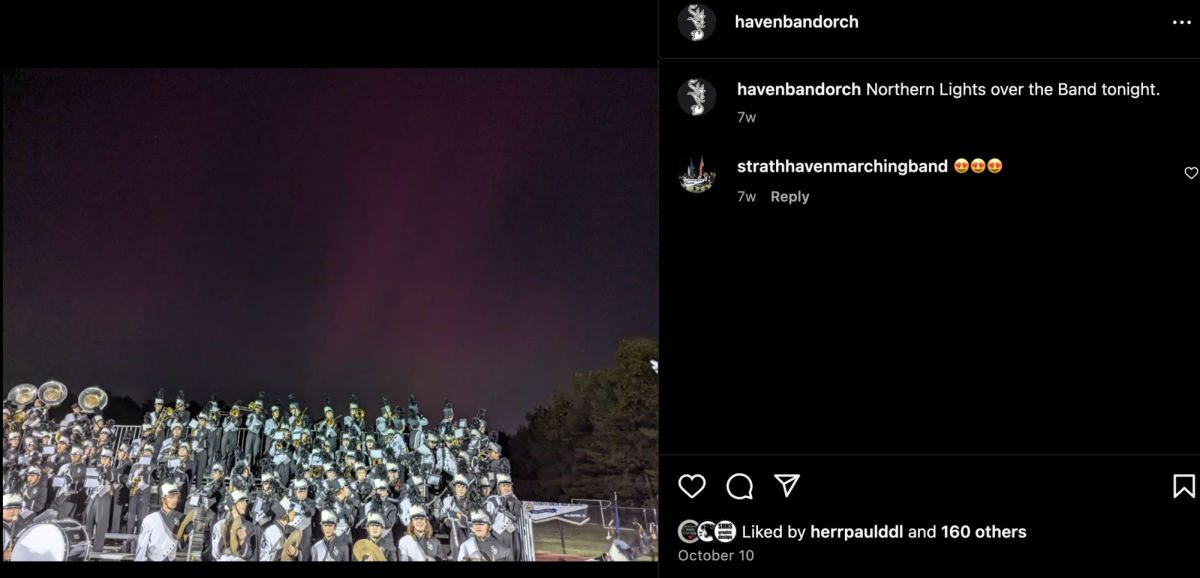
Students who took pictures with their phones saw green and blue hues in the images that weren’t visible to the naked eye.
“Your phone is designed to measure the incoming light and adjust accordingly in ways that our eyes don’t,” science teacher Mr. William Rothenbach said. “So the pictures that I have from seeing the Northern Lights from my own driveway are better than what I actually saw from my own driveway.”
The storm was measured and monitored by the federal Space Weather Prediction Center. Weather satellites and telescopes are used to detect and predict when these storms will occur.
The storm began around 10 p.m. on October 8 when a group of coronal mass ejections, or CMEs, erupted from the sun’s outer atmosphere, according to the Center. The high-energy particles in CMEs are attracted to Earth’s magnetic fields and travel toward Earth at 1.5 million miles per hour, large enough to impact a vast swath of the planet’s atmosphere. On the intensity scale for geomagnetic storms, which goes from G1 (mild) to G5 (extreme), this one was a G4, considered severe.
Students in Rothenbach’s AP Physics class learn about the science that explains the storm during a lesson on electromagnetic shielding.
“I do a demonstration where I put aluminum foil around my own phone, and the students see that or can hear because I put my phone next to the speakers, and the speakers are crackling because of the interference,” he said. “I wrap an aluminum foil, put it right next to the speakers, and you don’t hear a thing.”
The high-energy particles from the sun can also interfere with satellite communications, high-frequency radio, and satellite-based navigation systems, such as GPS.
One of the most powerful geomagnetic storms in recorded history took place in 1859 and had an intensity level of G5, disrupting many telegraph lines across North America.
Even though strong CMEs from the sun can create the northern lights and affect communications, the CMEs don’t directly affect the Earth’s climate or weather, and climate change doesn’t alter the appearance of the lights.
“It’s a different wavelength of energy,” Freeman said. “It really affects the upper atmosphere, not necessarily the lower atmosphere where we see climate change.”
Despite the rarity of seeing the northern lights as far south as Pennsylvania, they won’t be gone forever.
“The sun is right now in the middle of a 10 or 11-year cycle when this is going to be happening,” Rothenbach said. “It’s not like this will never happen again.”
According to the NOAA at the beginning of 2024, the sun, being at the peak of its cycle, means that solar activity will be severe and frequent with more northern lights appearing further south before the year ends.
On Thanksgiving, November 28, and Friday, November 29, more lights appeared in the sky above the northern states, showing that we have yet to see an end to the auroras.




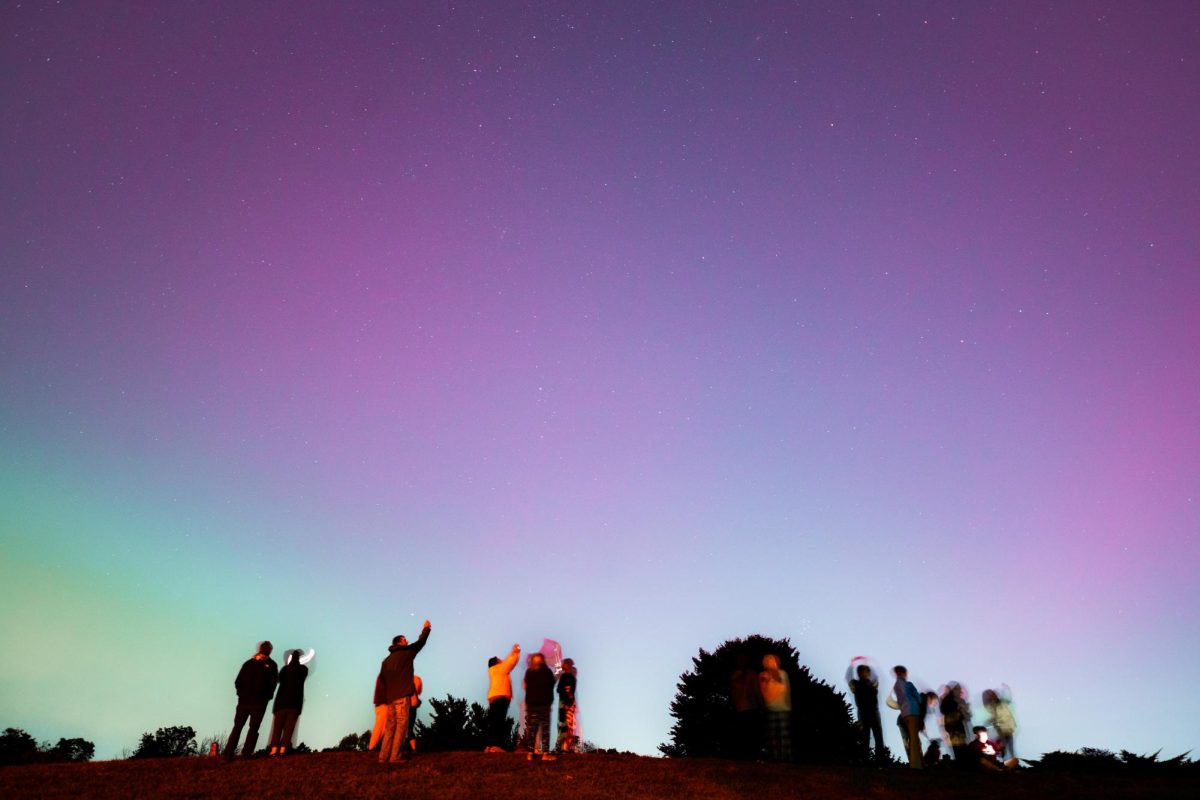











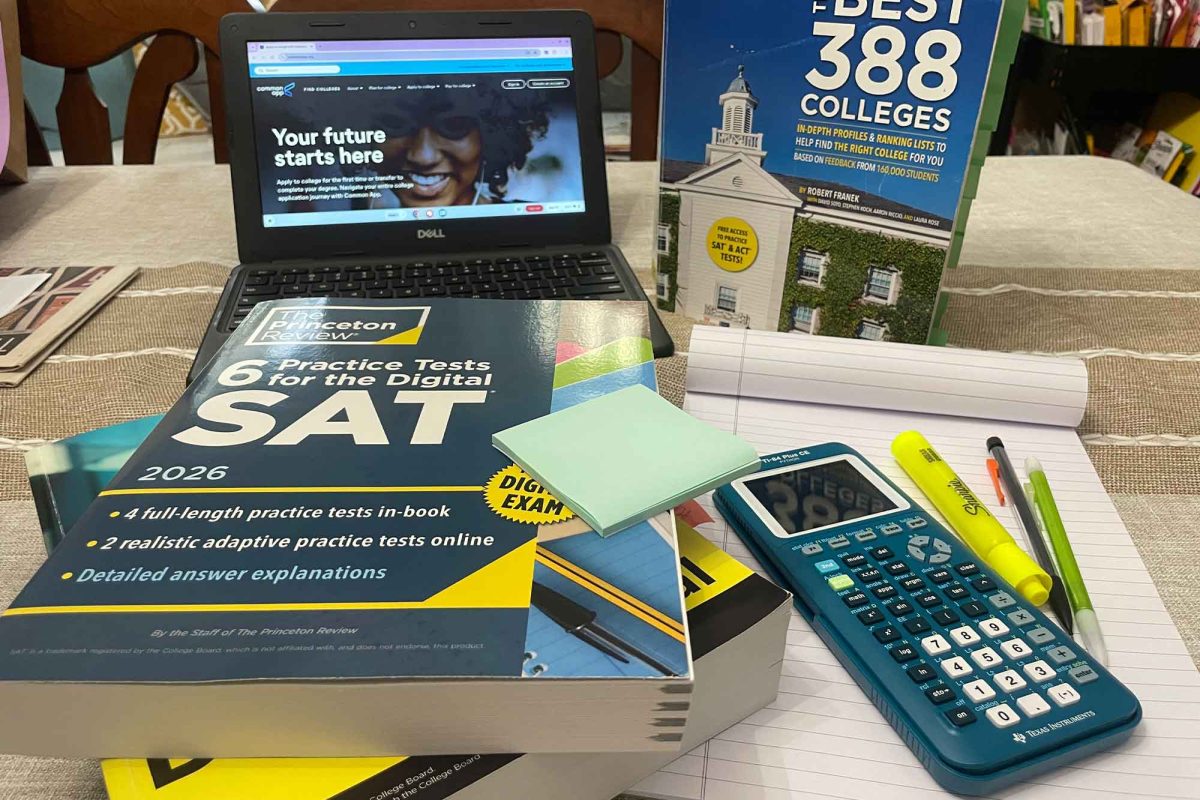

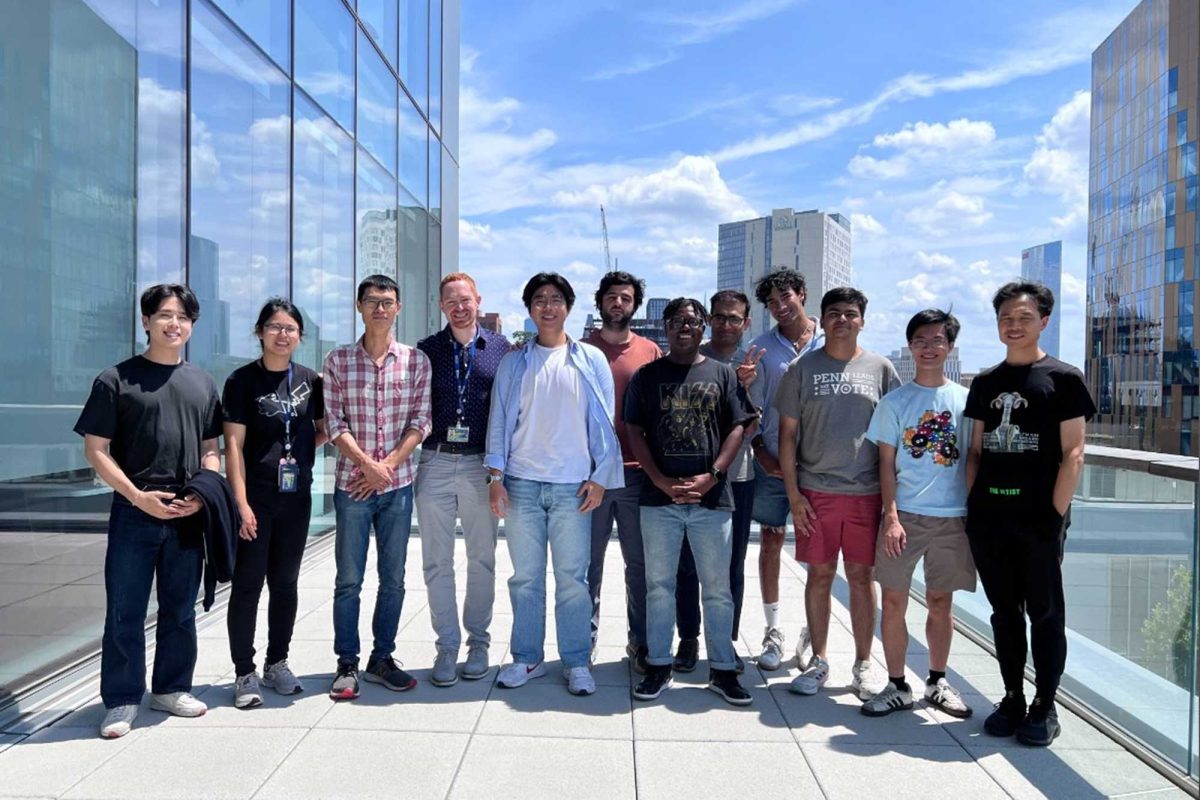



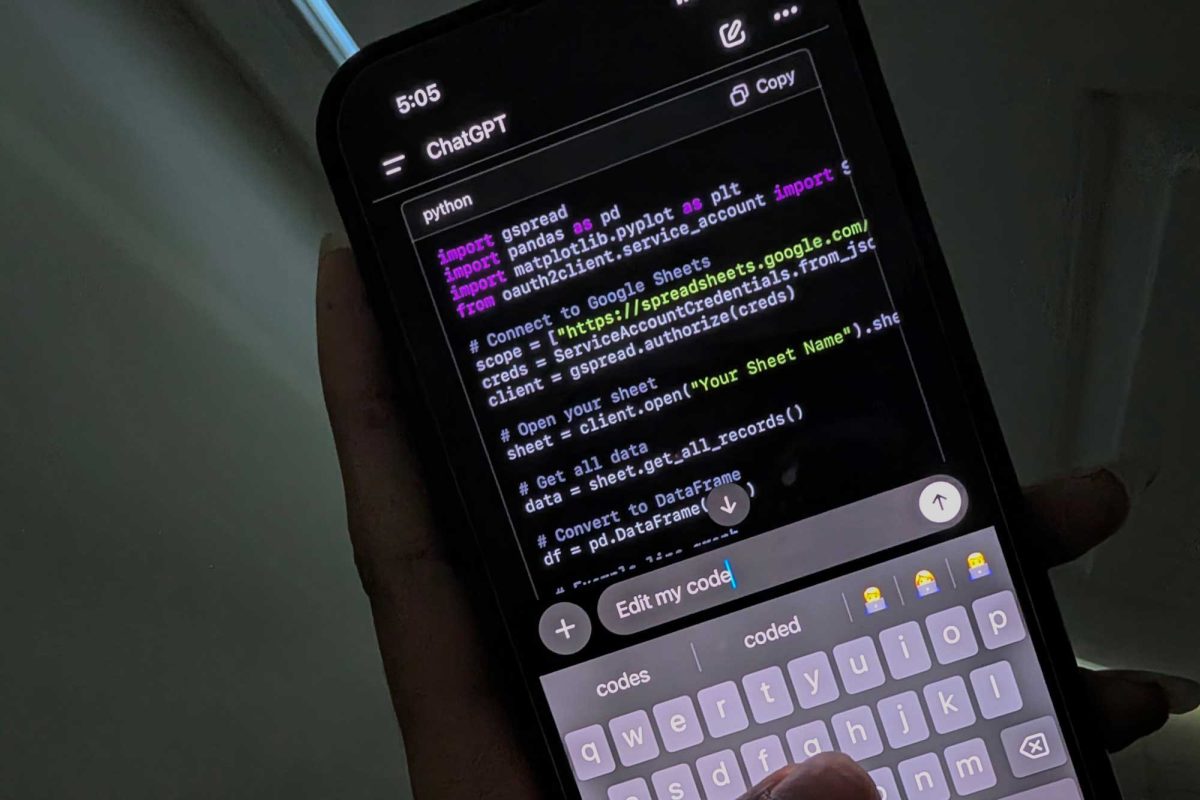
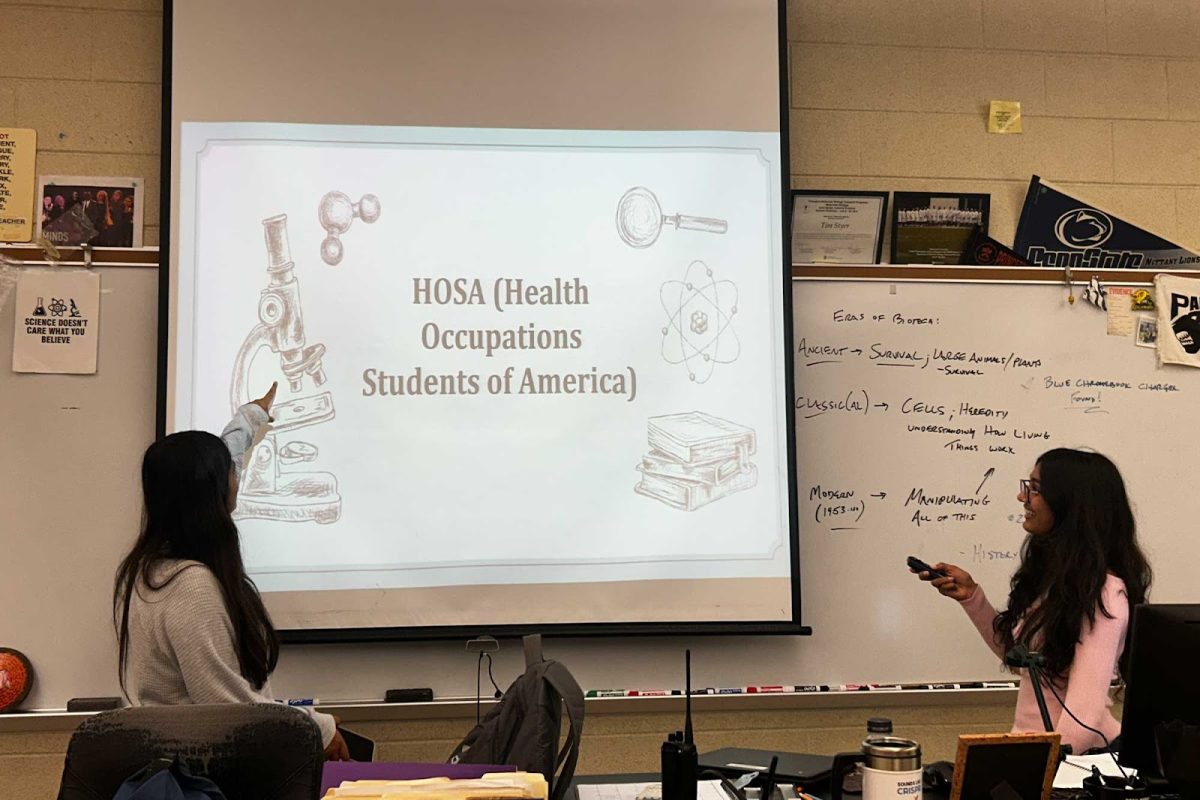

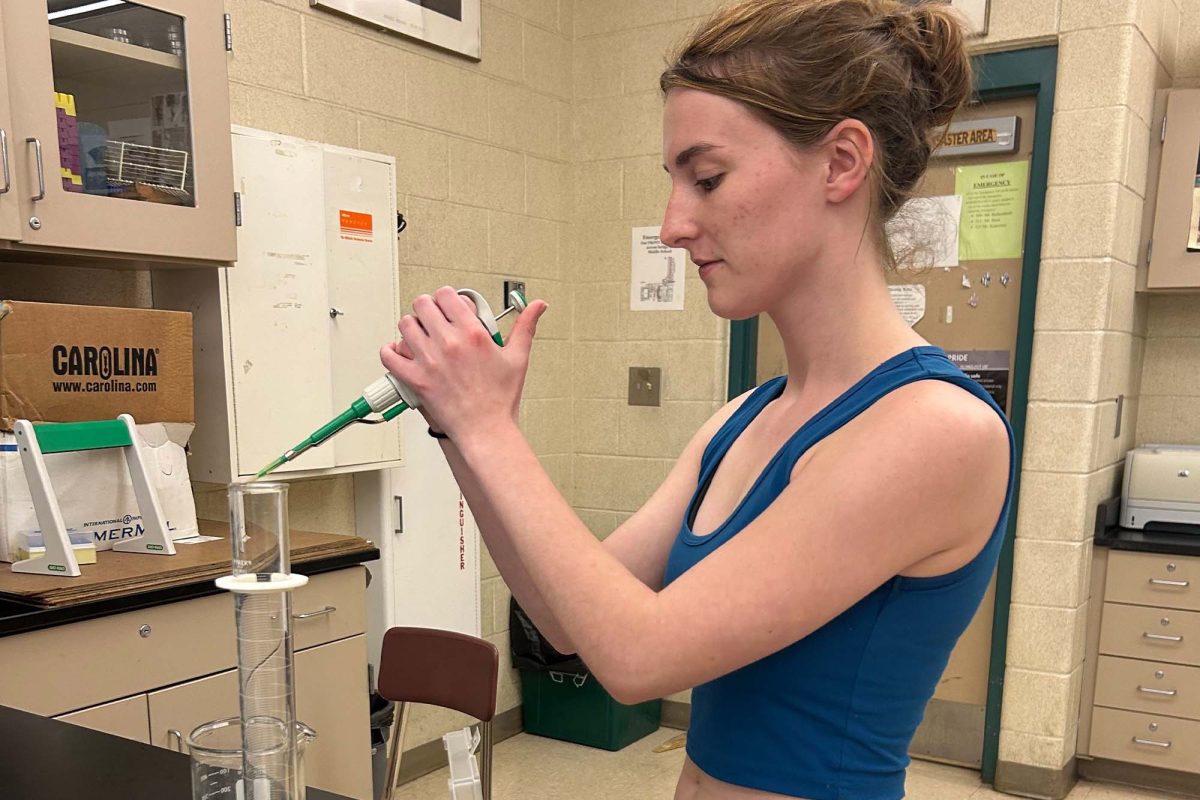
Patsy Eldridge • Dec 19, 2024 at 9:56 am
What a fun, interesting, informative article! It was as if the author could read my mind and as soon as a question popped up it was answered. I know the inventor of the CMOS chip that makes smartphone cameras possible – Eric Fossum, and I will share this article with him. To think that our smartphone camera “sees” phenomena that our eyes can’t detect is incredible 👀